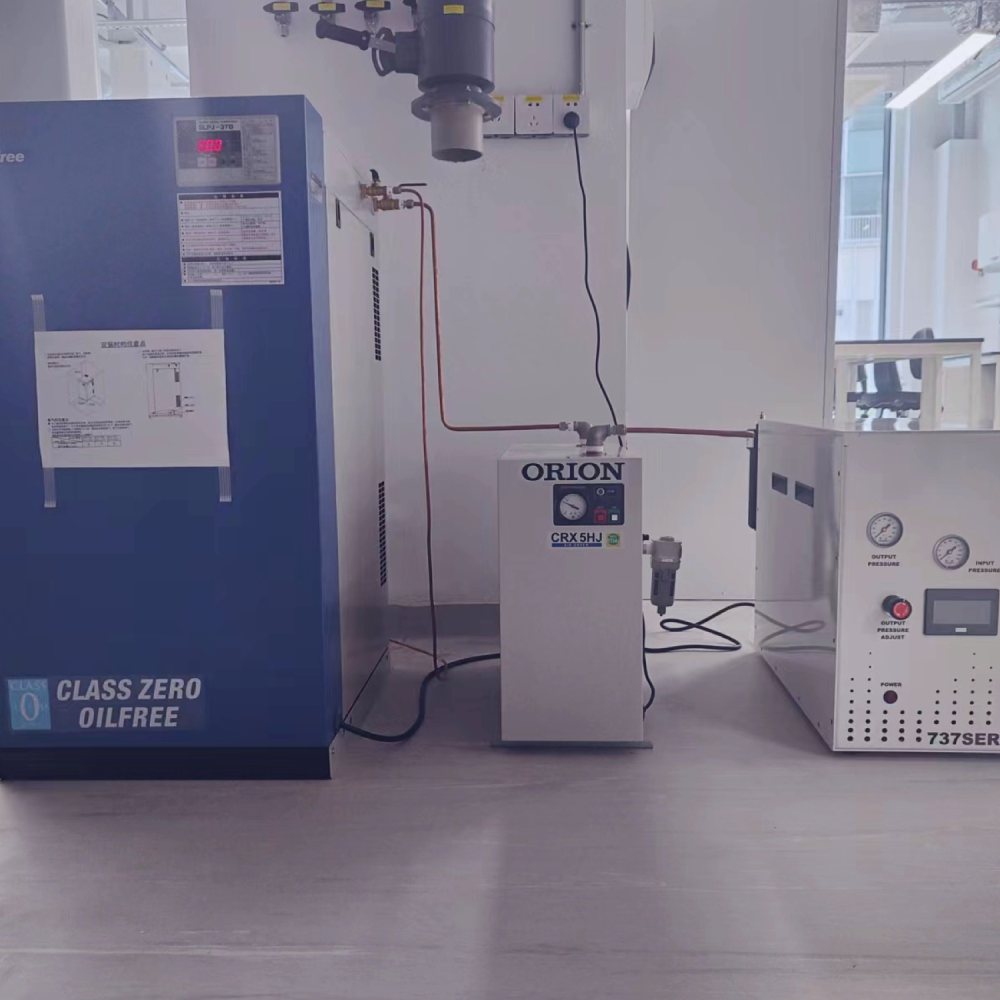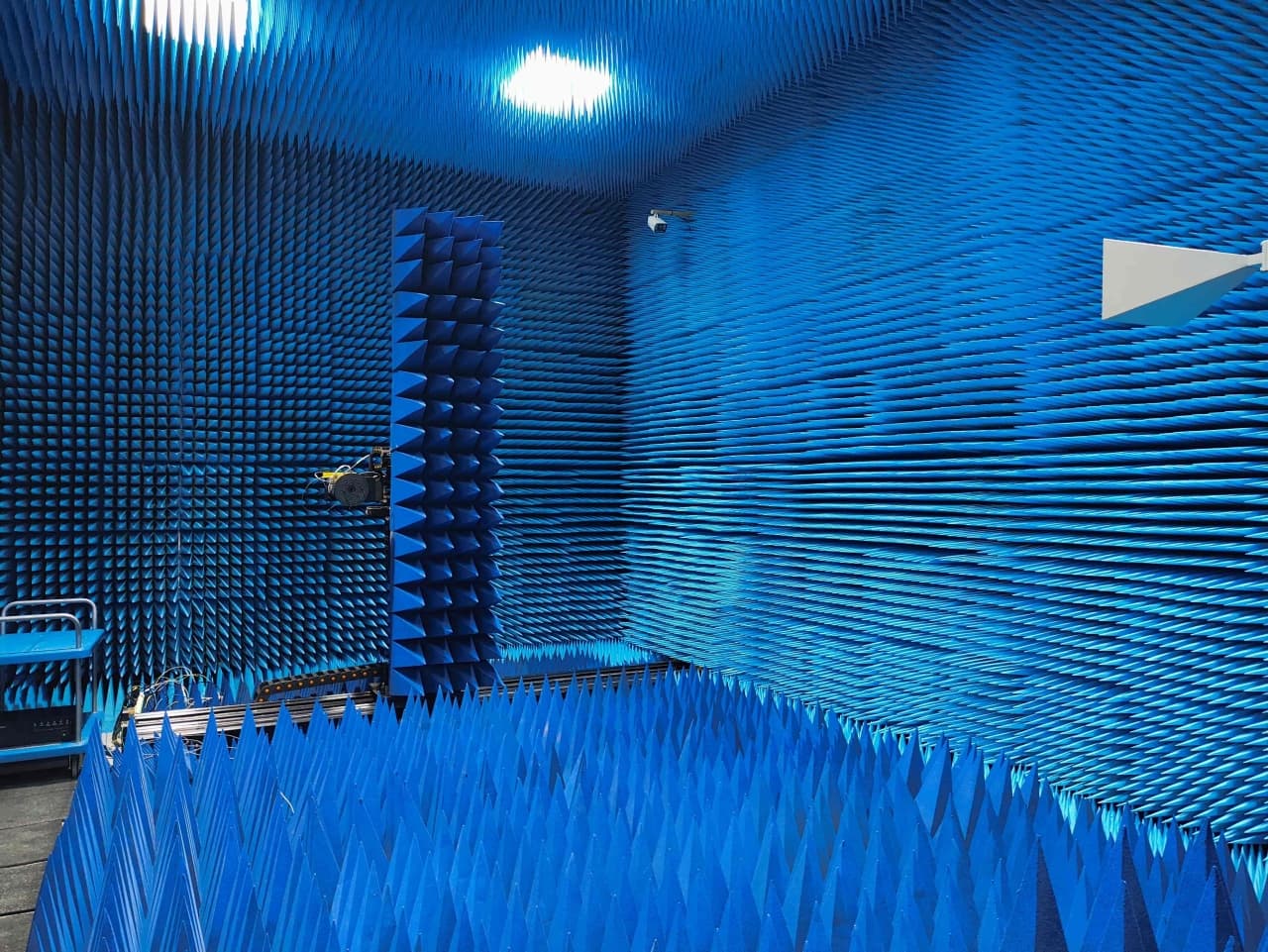- Bio-Inspired Engineering Research Facility (BIO-IERF)
- Data Center (GZ)
- Earth and Environmental Systems Research Facility (EESRF)
- Materials Characterization and Preparation Facility (MCPF)
- Multi-functional Polymeric Membranes Research Facility (MPMRF)
- Nanosystem Fabrication Facility (NFF)
- Novel IC Exploration Facility (NICF)
- Sustainable Atmospheric Environment Research Facility (SAERF)
- Wave Functional Metamaterial Research Facility (WFMRF)

Bio-Inspired Engineering Research Facility (BIO-IERF)
Bio-Inspired Engineering Research Facility (BIO-IERF) is a central facility that intensively serves academic researchers to develop bionic air and underwater vehicles and research relative aerodynamics and fluid dynamics. An advanced low-turbulence wind tunnel and a multifunctional water tunnel provide a reliable fundamental experiment environment with state-of-the-art fluid optical and mechanical measuring instruments. BIO-IERF can effectively support the low-altitude economy development of the Greater Bay Area, providing comprehensive experimental services to relevant research institutions and business entities within and outside the region, collectively promoting the rapid iteration and sustainable development of products in the low-altitude economic circle of the Greater Bay Area.
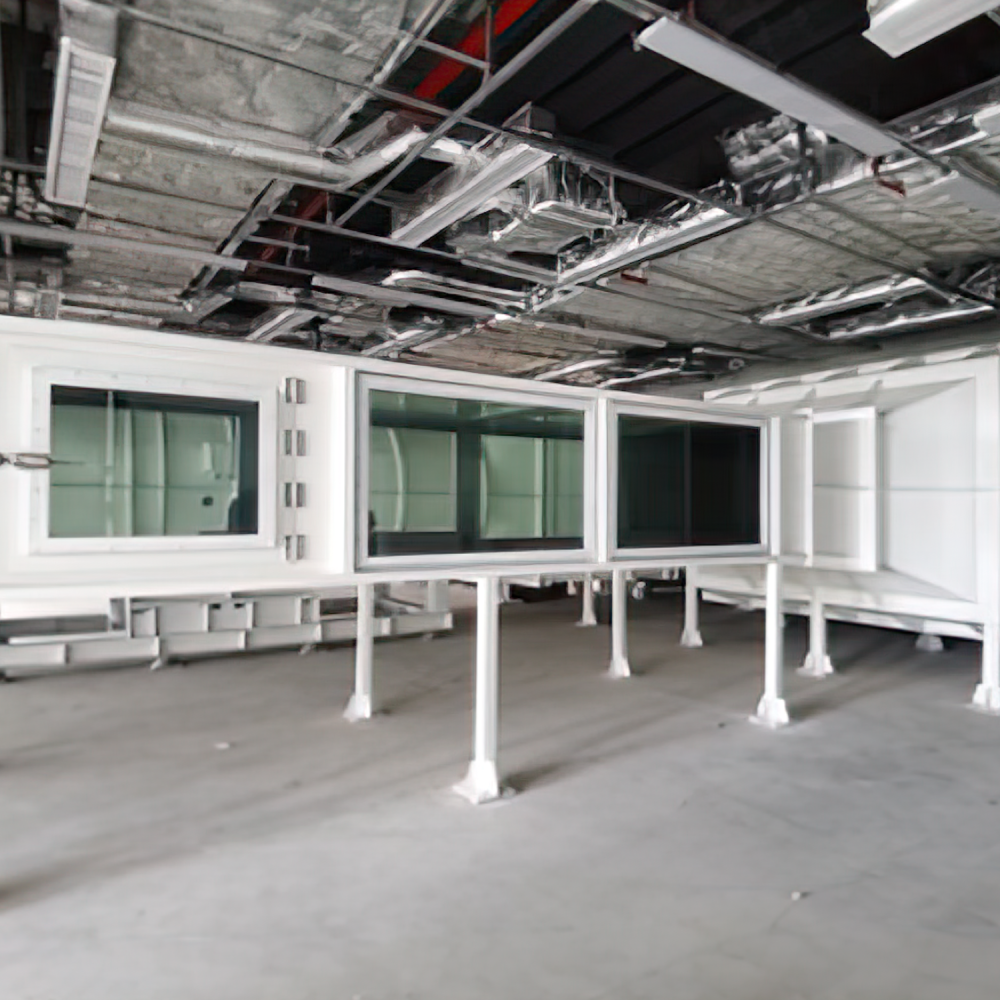

Earth and Environmental Systems Research Facility (EESRF)
Actively promoting cross-disciplinary research concerning the earth system, with generic experimental and analytical platforms widely applicable to marine science, atmospheric science and earth surface processes.
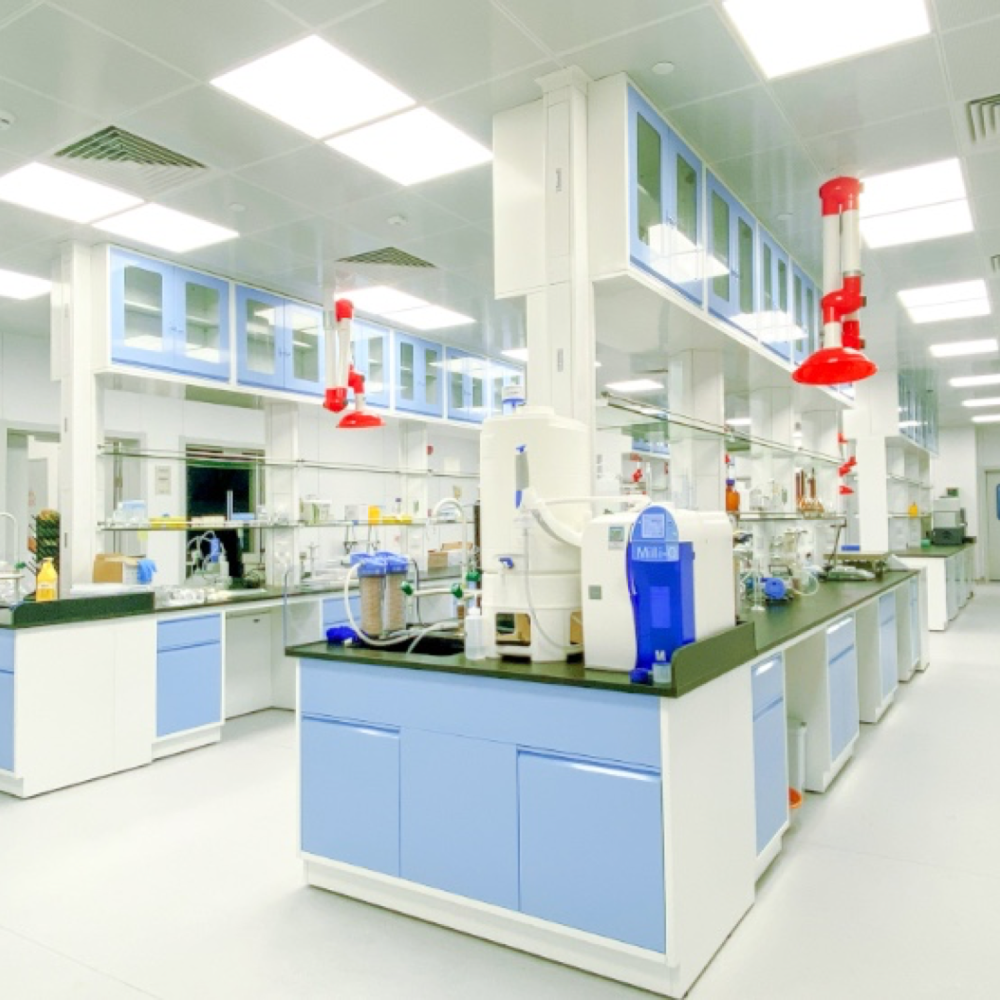
Materials Characterization and Preparation Facility (MCPF)
It can comprehensively analyze the composition, morphology, structure and other physical and chemical properties of various materials from macroscopic to atom scale, and deeply study the relationship between physical and chemical properties and performance of materials.

Multi-functional Polymeric Membranes Research Facility (MPMRF)
The world's only biaxial stretching pilot production line system for continuous micro-level and nano-level films production. This equipment will enable researchers at the HKUST (GZ) to transform their research achievements into real products, greatly reducing the gap between research and industrialization, making science more "useful" rather than just "interesting".
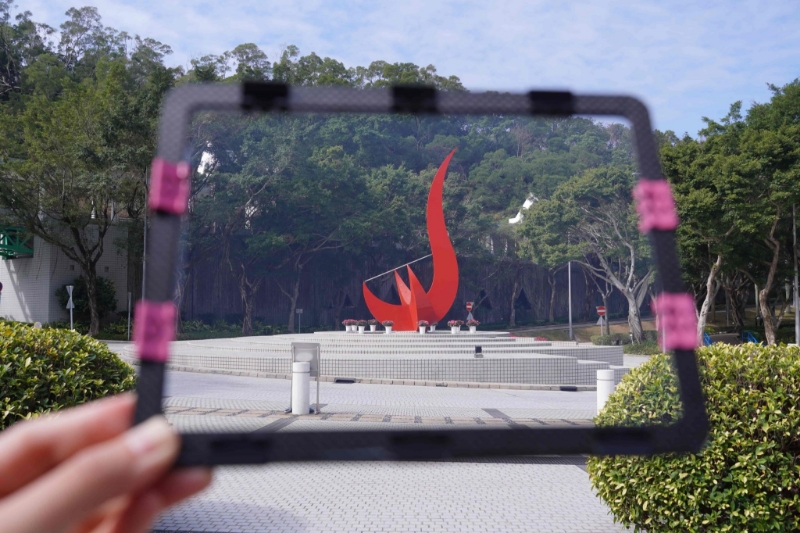
Nanosystem Fabrication Facility (NFF)
NFF(GZ) manufacturing process chain includes an 8-inch semiconductor research line with about 2000㎡ cleanroom, which supports researchers in applications ranging from MEMS and silicon optical devices to the 3rd generation semiconductor. It covers mask production, photolithography, dry and wet etching, thin film deposition, bonding, and metrology.
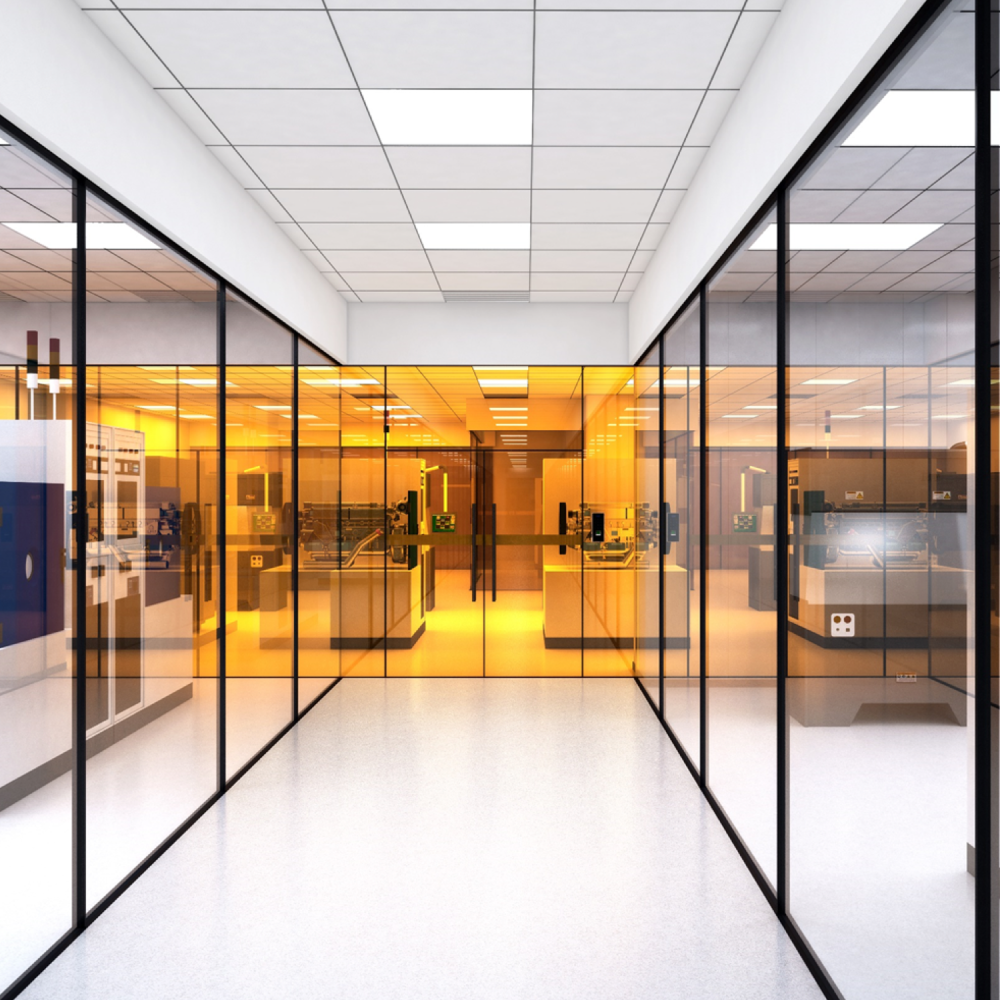
Novel IC Exploration Facility (NICF)
The 3000 square meter chip central laboratory has a complete set of advanced chip design, simulation, analysis, packaging, prototype testing equipment, and a systematic experimental platform, which can provide development and training services for professional teams.
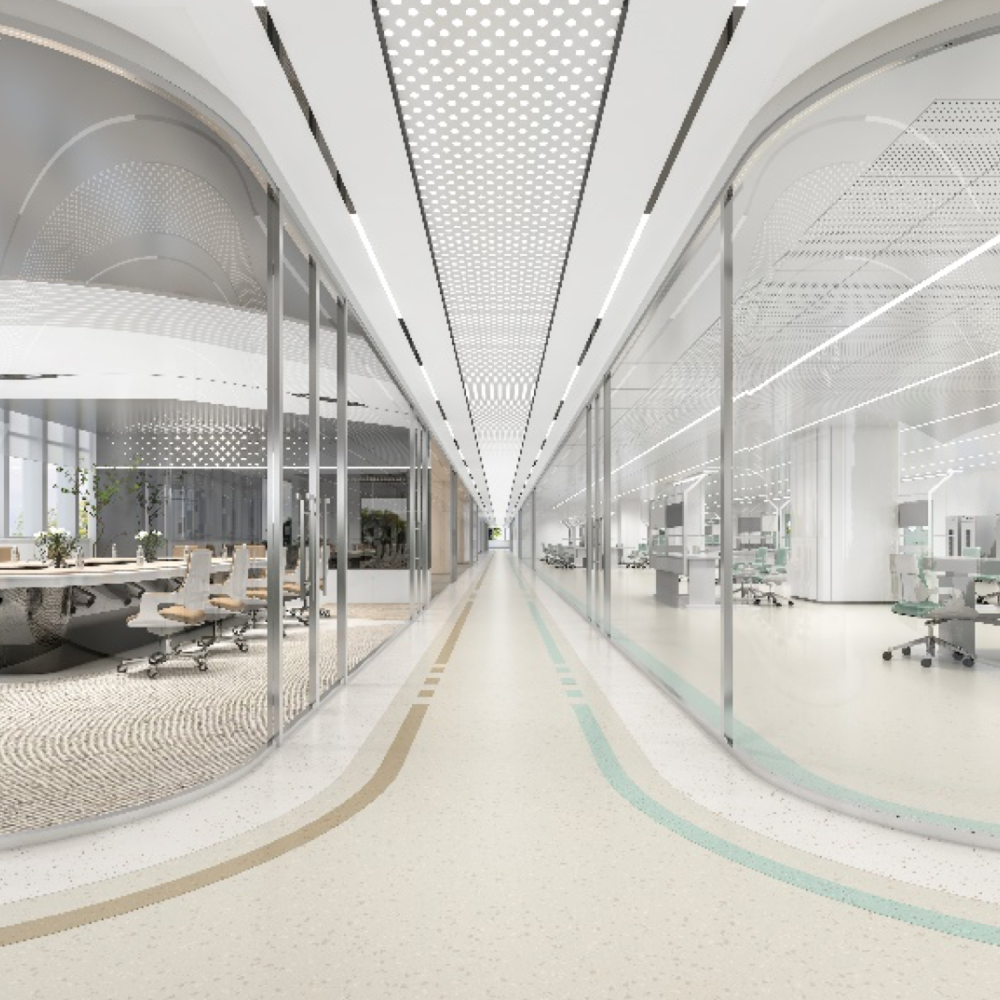
Sustainable Atmospheric Environment Research Facility (SAERF)
The Sustainable Atmospheric Environment Research Facility (SAERF) consists of the Atmospheric Environment Observation Station and the Indoor Environment and Energy Laboratory. SAERF has advanced online monitoring systems for atmospheric pollutants, including ultra-high resolution VOCs observation system and lidar devices. The Laboratory also supports offline analysis of particulate matter and VOCs, utilizing analysis equipment in accordance with leading international standards. Additionally, SAERF has cutting-edge equipment for atmospheric simulation and indoor environment simulation. Aligned with the “Dual Carbon” strategic goals and focusing on the key tasks highlighted in the "Outline Development Plan for the Guangdong-Hong Kong-Macao Greater Bay Area" in the field of environment and sustainable development, SAERF conducts comprehensive research on regional air pollution observation and chemical mechanisms, regional air quality simulation and pollution source apportionment, as well as coordinated response to air pollution and climate change, aiming to make a substantial contribution to the Greater Bay Area in tackling the challenges of air pollution and climate change, driving sustainable economic and social advancement, and fostering an environment that is cleaner, more beautiful and sustainable.
